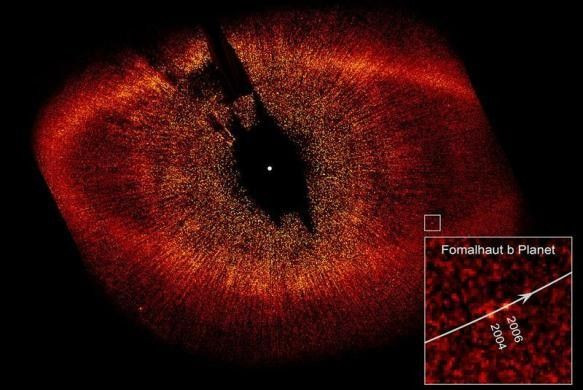Five Potential Landing Sites Identified For Rosetta Comet

If the probe turns out to be successful, the Philae lander which is targetting Comet 67P/ Churyumov-Gerasimenko will be the first of its kind. Officials who are a part of the European Space Agency were able to identify five potential landing sites after they reviewed the images of the odd-shaped comet last August 6.
According to ESA, Comet 67P/C-G has a lot of boulders that are the same size of the houses, faces and jagged outcroppings that is making their task of finding landing sites a tough one for the 100 kilograms lander. The comet has three distinct parts: head, neck and body. Initially, scientists found 10 potential landing sites, but have brought it down to five.
Stephen Ulamec, the lander manager of the mission from the German Aerospace Center, said that this was the first time that landing sites on a comet was considered and on the basis of the shape and topography of the comet, a lot of locations has to be ruled out. She continued that every site had the potential for its own unique scientific discoveries.
The lander requires a decent amount of sunlight so that it will be able to recharge its batteries after the initial battery life of 64 hours runs out. But too much sunlight could lead to overheating of Philae. So the scientists were very careful while choosing their landing spot to have a balance. There should also be a regular communication between the Rosetta spacecraft and the lander; even this has to be taken into consideration while choosing the landing spot.
The design of Rosetta and Philae is done in such a way that it watches the comet make its way towards the sun in about a years' time. Rosetta will observe the comet when it flies close to the sun and Philae will take the measurements of the surface of the comet to study the activity of the comet during its orbit of 6.5 years.
Rosetta and Philae are designed to watch the comet as it makes its way toward a close approach with the sun in about a year. As the comet flies closer to the sun, Rosetta will make observations from orbit, while Philae takes measurements from the comet's surface to see how the activity of Comet 67P/C-G changes during its 6.5-year orbit.




















